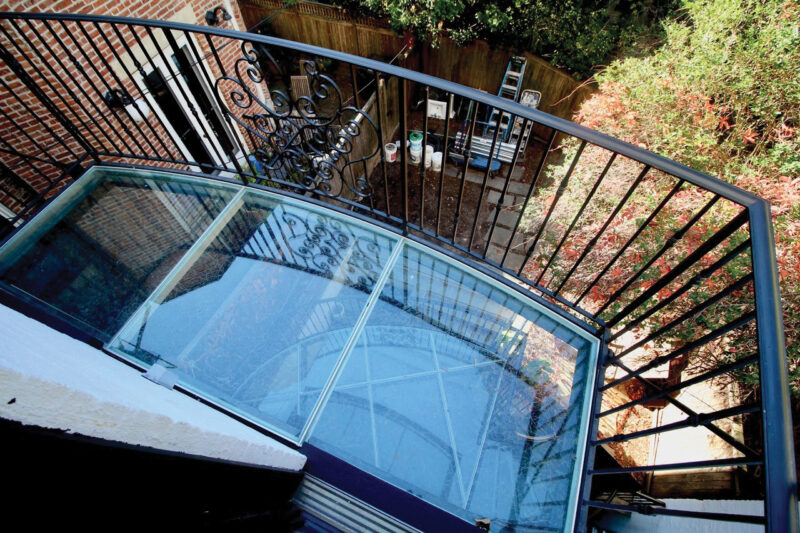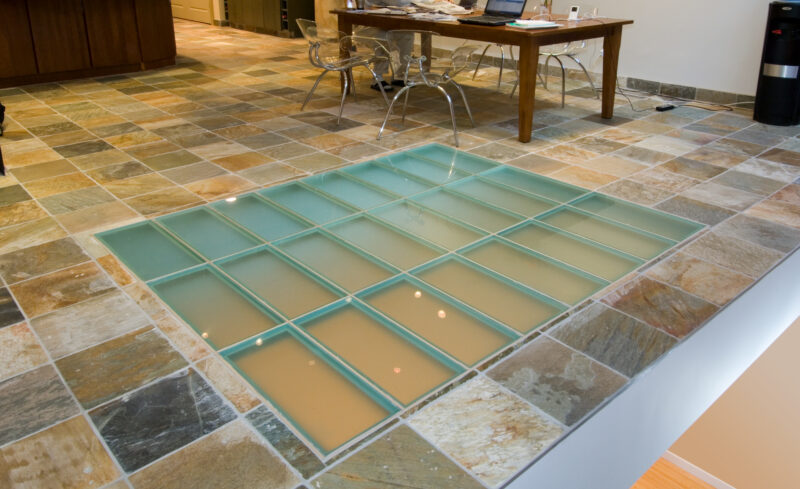Discover the Breathtaking Beauty of a Glass Floor
Welcome to the world of GlassWalk floor glass, where style meets functionality. GlassWalk is not your ordinary glass flooring; it is a revolutionary structural glass flooring solution that seamlessly combines aesthetics and durability. With its sleek and modern design, GlassWalk adds a touch of elegance to any space, be it residential or commercial. But that’s not all; this innovative glass flooring also boasts a range of benefits that make it a popular choice among architects, interior designers, and homeowners alike. Its transparency allows for the flow of natural light, creating an open and airy atmosphere. Additionally, GlassWalk is exceptionally strong and can withstand heavy foot traffic, making it ideal for high-traffic areas such as shopping malls, airports, or even your living room. Whether you’re looking to make a bold architectural statement or simply enhance the beauty of your space, GlassWalk is the perfect choice for your structural glass flooring needs.
Glass Options
Enhance the visual appeal of your project with our range of glass options. Choose between standard glass with a green/blue hue or low-iron glass for a crystal-clear look. Enjoy the freedom to customize the transparency level, whether you prefer a fully transparent design, a fully translucent one, or something in between. Our slip-resistant options ensure safety in any condition, with traction control ceramic frits, acid-etched Walker Textures, or sandblasting techniques offering excellent anti-slip qualities. Add a touch of color to your project with our clear or colored interlayers, or make a bold statement with digital printing or silk screening on your glass panels. We also offer custom shapes and sizes to suit your unique requirements. Opt for our 2 or 3-ply laminated glass units for added strength and durability.

Privacy Meets Glass Floors
One major concern about glass floors is the level of privacy they provide to those walking on them. However, there are solutions to address this concern and create the desired level of privacy without compromising the natural light pouring through the glass. One effective method is acid-etching the glass, which adds a touch of elegance to the floor and allows for the perfect balance between privacy and transparency. By acid-etching the glass, you can create beautiful patterns or designs that enhance the aesthetic appeal and provide a level of privacy that suits your preferences. Another option to consider is changing the transparency of the glass. Whether you want the floor to be fully transparent, fully translucent, or anything in between, you have the flexibility to customize it according to your needs. This versatility allows you to strike the right balance between privacy and visibility, ensuring a comfortable and enjoyable experience for those walking on the glass floor.

Digital printing or silk screening can be applied to the glass panel to further personalize your glass floor. This opens up a world of possibilities to create a truly distinctive and eye-catching design. Whether you want to showcase a logo, a pattern, or any other artwork, the glass panel can be transformed into a canvas for your creativity. Our system for floor glass can be customized to fit any shape or size, allowing you to bring your unique vision to life. Whether you want a small glass floor in a specific area or a larger, more expansive design, the possibilities are endless. The flexibility in customization ensures that the glass floor seamlessly integrates into your space, enhancing its overall aesthetic appeal.
Addressing the level of privacy on glass floors is crucial, but it can be achieved without compromising the natural light pouring through the glass. By acid-etching the glass or changing its transparency, you can create the desired level of privacy while maintaining the aesthetic beauty and functionality of the glass floor. With additional options like traction control, colored interlayers, and custom printing, the possibilities for customization are limitless. So, whether it’s for a residential or commercial space, a glass floor can be transformed into a captivating and unique feature that will leave a lasting impression on anyone who walks upon it.

